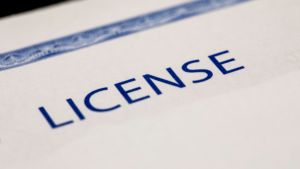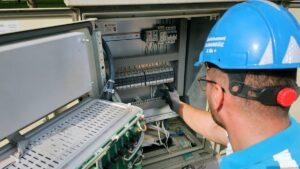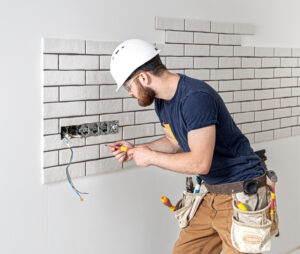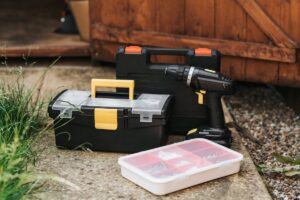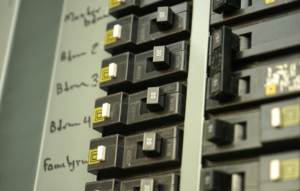When it comes to managing electrical devices in your home, two of the most commonly used tools are power strips and extension cords. Both serve similar purposes by extending your electrical outlets’ reach, but there are significant differences in their safety and functionality. In this article, we will explore these differences in detail to help you make an informed decision about which option is safer and more suitable for your needs.
Understanding Power Strips
A power strip is a block of electrical sockets that allows multiple devices to be plugged into a single outlet. Many power strips come with built-in surge protectors, which can prevent damage to your electronics during power surges. Here are some key features of power strips:
- Multiple Outlets: Most power strips offer multiple outlets, usually between 4 to 12, providing ample space for plugging in various devices.
- Surge Protection: Many power strips include surge protection, which safeguards your devices from voltage spikes.
- On/Off Switch: A switch to turn off all connected devices at once, saving energy and adding convenience.
- Resettable Circuit Breaker: Protects against overloads by shutting off power if the strip becomes too hot or the load is too high.
Understanding Extension Cords
Extension cords are flexible power cables that extend the reach of an electrical outlet. They are available in various lengths and thicknesses, known as gauges. Here are the main features of extension cords:
- Length: Available in a wide range of lengths, from a few feet to over 100 feet, allowing you to extend power to areas without nearby outlets.
- Gauge: Thicker cords (lower gauge numbers) can handle more current and are safer for powering heavy-duty appliances.
- Single or Multiple Outlets: Some extension cords offer multiple outlets at the end, but most are designed to extend a single outlet.
Safety Comparison: Power Strips vs. Extension Cords
1. Overload Protection
Power Strips:
- Most power strips come with built-in circuit breakers that prevent overloads. If too many devices draw more power than the strip can handle, the circuit breaker trips, cutting off electricity to prevent overheating and potential fires.
Extension Cords:
- Extension cords generally lack built-in overload protection. Users must be cautious not to plug in too many high-wattage devices, as this can lead to overheating and fire hazards.
2. Surge Protection
Power Strips:
- Many power strips include surge protectors, which protect your electronics from voltage spikes caused by lightning, power outages, or other electrical disturbances.
Extension Cords:
- Extension cords do not typically offer surge protection. To protect your devices, you would need to use a separate surge protector.
3. Durability and Longevity
Power Strips:
- Designed for indoor use and are generally more durable for stationary setups. The built-in components, such as surge protectors and circuit breakers, can wear out over time, but they offer significant protection during their lifespan.
Extension Cords:
- Available for both indoor and outdoor use, with heavy-duty options designed to withstand harsh conditions. However, extension cords can become frayed or damaged more easily due to their flexible nature and frequent movement.
4. Convenience and Versatility
Power Strips:
- Ideal for permanent or semi-permanent setups where multiple devices need to be plugged in at once, such as home offices, entertainment centers, and workstations.
Extension Cords:
- More versatile for temporary or varied use, such as outdoor events, construction sites, or reaching distant outlets. They offer greater flexibility in length and gauge options.
5. Fire Hazards
Power Strips:
- If overloaded or used improperly, power strips can overheat and cause fires. It’s crucial to avoid daisy-chaining power strips (plugging one power strip into another) and to follow the manufacturer’s guidelines on load limits.
Extension Cords:
- Extension cords pose a higher fire risk if they are overloaded, damaged, or used for prolonged periods. It is important to use the correct gauge for the intended use and to regularly inspect cords for wear and tear.
Best Practices for Using Power Strips and Extension Cords Safely
- Avoid Overloading: Never plug in more devices than the power strip or extension cord can handle. Check the wattage of your devices and ensure it does not exceed the rated capacity.
- Inspect Regularly: Regularly check power strips and extension cords for signs of wear, damage, or overheating. Replace any damaged cords immediately.
- Use Appropriately: Use power strips for permanent setups and extension cords for temporary needs. Avoid using extension cords as a permanent solution.
- Choose the Right Gauge: For extension cords, select the appropriate gauge based on the power requirements and distance. Lower gauge numbers (thicker cords) are better for high-wattage devices and longer distances.
- Surge Protection: Use power strips with built-in surge protection for sensitive electronics. If using an extension cord, consider adding a separate surge protector.
- Avoid Daisy-Chaining: Never plug one power strip into another or use an extension cord with a power strip, as this increases the risk of overload and fire.
When to Use a Power Strip
Power strips are best suited for situations where you need multiple outlets in a fixed location, such as:
- Home Offices: Ideal for computers, printers, and other office equipment that require multiple outlets in a single location.
- Entertainment Centers: Perfect for TVs, gaming consoles, DVD players, and sound systems that are used together.
- Workstations: Useful for powering tools, chargers, and other equipment in a workshop or garage.
When to Use an Extension Cord
Extension cords are ideal for temporary or flexible power needs, such as:
- Outdoor Events: Perfect for providing power to outdoor lights, sound systems, or other equipment during events.
- Construction Sites: Useful for powering tools and equipment in locations without nearby outlets.
- Temporary Power Needs: Ideal for holiday lights, temporary setups, or reaching distant outlets in a pinch.
Choosing the Right Option for Electrical Safety
In the debate of power strips versus extension cords, the safest option depends on your specific needs and how you use these devices. Power strips are generally safer for fixed setups with multiple devices, especially if they come with built-in surge protection and circuit breakers. Extension cords offer flexibility and are better suited for temporary or outdoor use, but they require careful monitoring to avoid overloading and potential fire hazards.
By following best practices and understanding the strengths and limitations of each option, you can ensure a safer and more efficient electrical setup in your home or workspace. For professional electrical services and expert advice, CMS Maintenance Service is here to help residents in Alabama and Georgia maintain a safe and reliable electrical system. Whether you need assistance with installation, maintenance, or repairs, our team of experienced electricians is ready to provide top-quality service and ensure your peace of mind.


